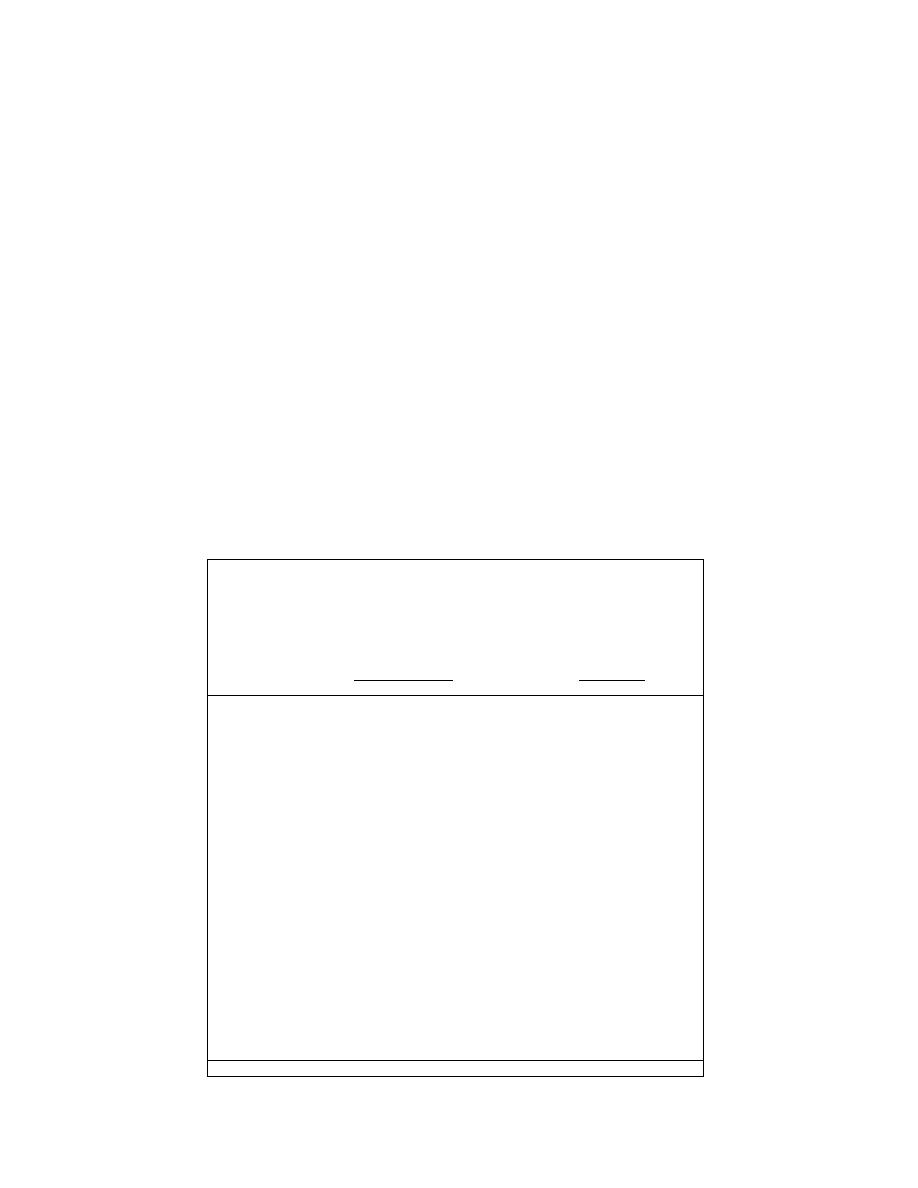
PART 1. THE BRICKS
short length of iron pipe with an inside diameter of
14.5 cm (6 in.) as the mold. This arrangement is shown
Compaction procedure
in Figure 1. To prevent the compacted snow from
We used natural snow collected from an undisturbed
sticking to the sides of the pipe and thereby damaging
drifted area to make the bricks. We gathered the snow
the sample, we used a plastic insert to line the mold, as
shown. The mold had a series of holes set about 2.5
in a large metal barrel and stirred it using a 3/4-in.
cm apart in two rows. These holes were concentrated
electric drill equipped with a heavy wire whisk from a
in the lower half of the mold where the brick would be
commercial food processor. Table 1 shows the grain-
formed. The plastic liner was also perforated along a
size distribution of this snow. The density of the snow
after mixing ranged from 420 to 450 kg/m3. The snow
line about midway between the two lines in the mold.
temperature at the time of compaction ranged from 5
The purpose of these holes was to allow air to escape
to 15C and seemed to have little effect on the
from the slowly compacting snow. While the holes in
properties of the final product.
the plastic liner and those in the mold seldom lined up,
For this study the press available to us for producing
the hissing of escaping air during compaction suggested
sample bricks was a manually operated, 50-ton, upright,
that the arrangement was satisfactory. The steel disk
hydraulic press with a maximum useful load of about
placed on top of the sample before compaction fitted
15 tons. We used a Daytronic Model 441-50K load
loosely and had five large (about 1 cm) holes, which
we felt were sufficient for air escape from the top. We
cell with a range of 0 to 50,000 pounds (about 25,000
put a sheet of plastic both under this disk and on the
kg) and an electronic readout that enabled us to monitor
metal base plate to prevent the sample from sticking
the load as it was applied and hold it at the target load
to the metal.
of 28,000 pounds for a final pressure of 1000 psi, or
After compaction we used the press to push the brick
6.87 MPa.
out of the mold into a cylinder slightly wider than the
Because it was not feasible to produce large bricks
mold. Each brick was stored in a plastic zipper bag
using this press, we made small, round bricks using a
Table 1. Grain size distribution of natural snow used in this study before
and after processing with a mixer. The density of the undisturbed snow
ranged from 240 to 350 kg/m3, average 295 kg/m3. The density of the pro-
cessed snow ranged from 420 to 450 kg/m3.
Undisturbed snow
Mixed snow
Sieve no.
Weight (gram)
Percent
Weight (gram)
Percent
9
6.1
2
0.9
No. 10
6
3.4
3
1.3
(2 mm)
5
2.7
1
0.5
2
0.9
Average
6.7
4.1
2
0.9
147
83.1
168
73.4
No. 20
124
71.3
161
70.9
(0.84 mm)
144
78.7
152
68.5
135
63.1
Average
138
77.7
154
69.0
13
7.3
25
10.9
No. 30
20
11.5
25
11.0
(0.59 mm)
17
9.3
25
13.1
32
15.0
Average
16.7
9.4
27
12.5
8
4.5
34
14.8
Remaining
20
11.5
38
16.7
(<0.59 mm)
17
9.3
40
18.0
45
21.0
Average
15
8.4
39
17.6
2





 Previous Page
Previous Page
